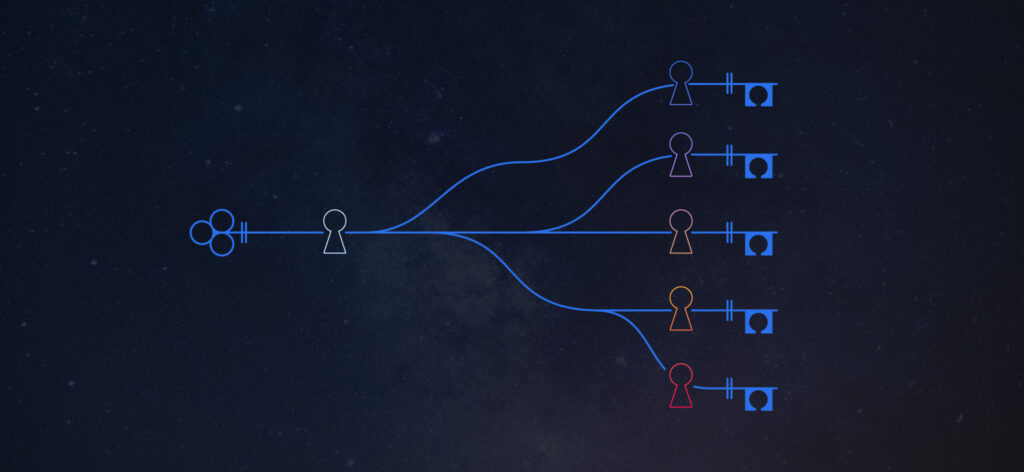by George Huff
Marketing and communications professionals are inherently creative. At the end of the day, whether they’re writing copy, scheduling social posts, or architecting an email nurture campaign, every marketer on your team spends their precious time and energy communicating your brand story to your customers across a wide range of overlapping touchpoints. And that storytelling is complex, creative work.
Too often, though, I’ve observed how poor planning and convoluted workflows make it nearly impossible for talented marketing and communications teams to tap into their creativity. And in my experience talking with dozens of marketing leaders over the years, having a solid process in place is essential to enabling teams to do their best, most innovative, most compelling work.
That’s right—process. Process may sound like the enemy of creativity, but in reality, it delivers exactly what marketers need to flourish: playbooks, context, and time.
How playbooks empower marketers
Marketing leaders don’t rise to their position because they’re the best at doing every job within their organization. They succeed because they can turn their entire team into a creative engine, planning and executing quality campaigns at a rapid pace. But bringing a marketing campaign to life is a complex process, with many steps that are usually stitched across different tools. You need to identify the audience, clarify positioning, establish metrics, produce content, delegate tasks, and build schedules—and that’s only scratching the surface.
That’s why playbooks are essential. By creating playbooks that outline every required step and include repeatable processes, leaders can codify the best practices of marketing for their teams to follow. And when those expectations and steps are clearly defined in advance, your team members don’t need to reinvent the wheel with each new campaign—giving them more time and energy to spend on creating the best possible experience for your customers.
How lack of process leads to lack of context
When processes and playbooks are well-established and shared across a marketing organization, plans are open and available for everyone to see. This provides every team member with visibility into how their work fits into the bigger picture.
But in the absence of this visibility, marketers lack vital context. They can still create content and execute on campaigns, but tend to default to a box-checking mindset—sending an email here, designing a paid ad there, with no real understanding of how each individual asset relates to one another or what larger story is being told to your customers. This can also lead to conflicting messages and stories being shared across different teams, creating a dissonant or downright unpleasant impression across channels.
Solid, shared processes give your teams visibility into what kinds of content and experiences their fellow marketers are producing. This can help generate new ideas, inspire collaboration, and facilitate more creativity and excitement around how teams come together to tell your larger brand story.
How boundaries stimulate creativity
Process and playbooks inherently set boundaries around marketing by outlining timelines, articulating clear goals, and prescribing limitations to your campaigns. It may sound counterintuitive, but research bears out that boundaries actually foster more creativity.
As the Harvard Business Review describes, “According to the studies we reviewed, when there are no constraints on the creative process, complacency sets in, and people follow what psychologists call the path-of-least-resistance – they go for the most intuitive idea that comes to mind rather than investing in the development of better ideas.”
Armed with playbooks that codify best practices of marketing, your team’s contributors can collaborate and create freely within the boundaries of your established process. They won’t need to waste time on those repeatable steps or seeking out missing information—instead, they can approach each campaign with a fresh perspective while leveraging what they’ve learned in the past.
This is when the creative engine starts to fire, and high-performing teams begin to thrive.
Establishing creativity at scale
When your marketing organization is humming along in this elevated state, creativity at scale flourishes. Teams learn from and are inspired by each other’s work, thanks to the visibility provided by a shared process and plan. Marketers collaborate seamlessly to tell a better brand story through improved alignment. And when everyone shares the same goals and processes, every member of your team is empowered to create better work, faster.
Ready to unlock creativity at scale for your organization? Talk to our team to learn how Opal can support your playbooks and processes in a single, shared source of truth.


